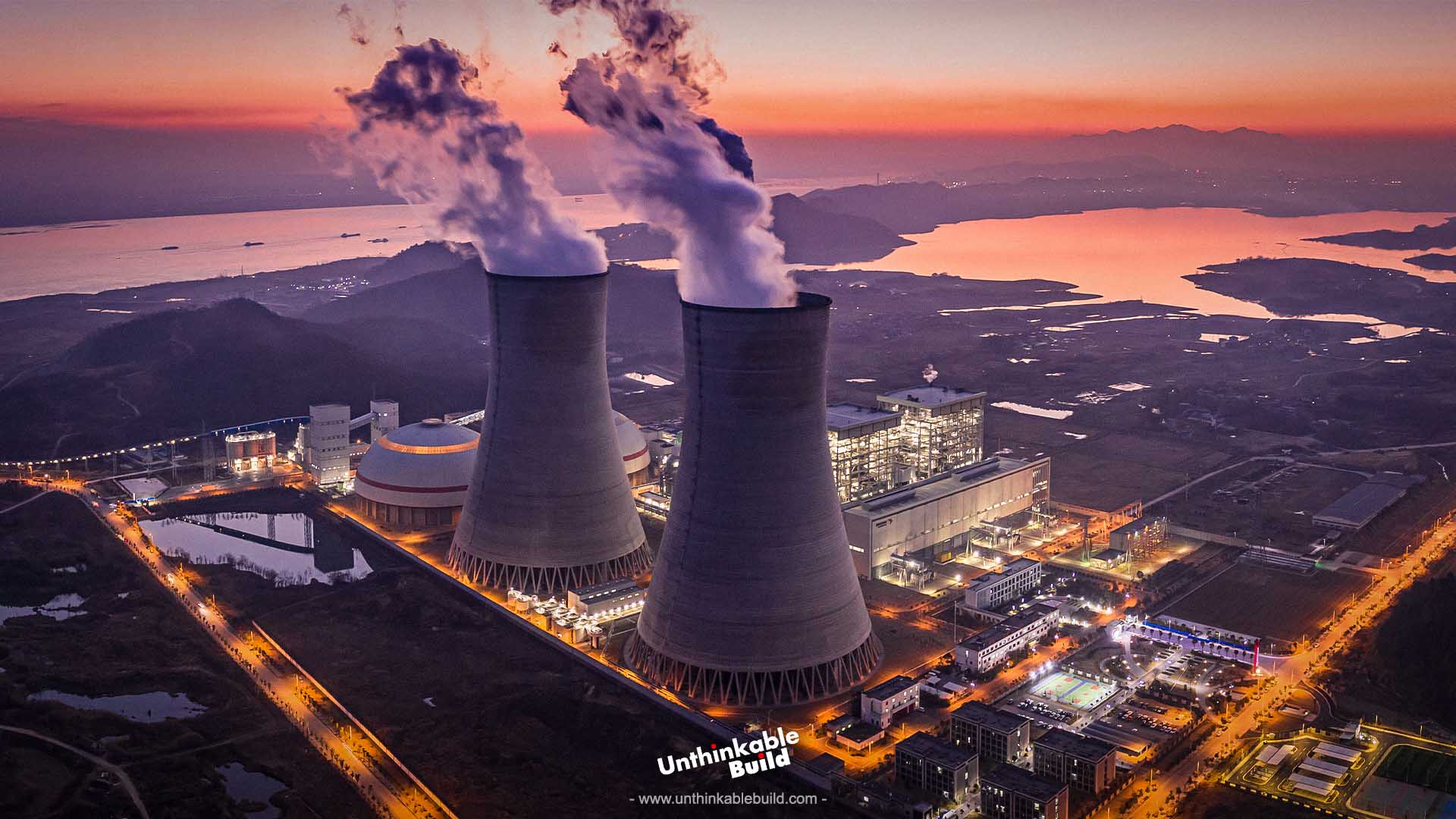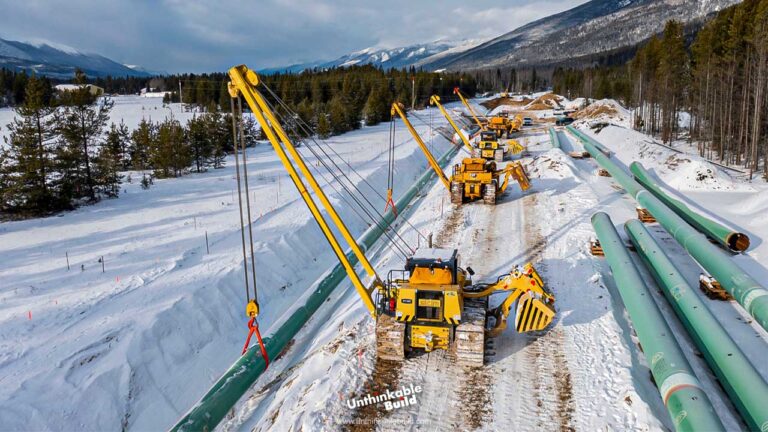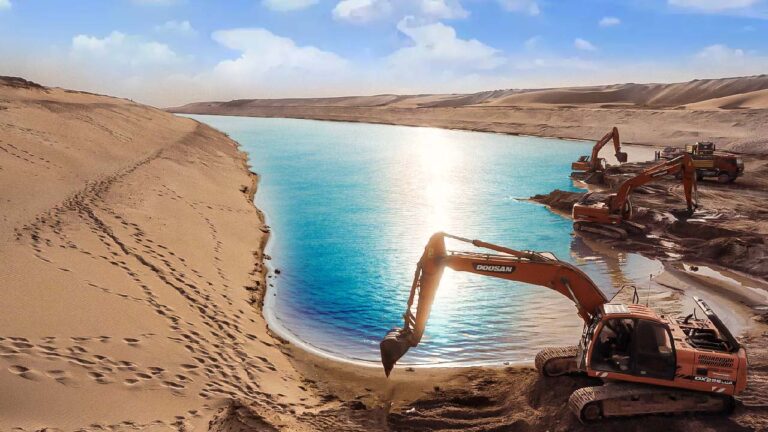China’s Thorium Reactor: A Nuclear Game-Changer?
Forget everything you thought you knew about nuclear power. What if I told you the world is about to witness an energy revolution, or a catastrophic gamble? China just flipped the switch on a reactor that could either illuminate humanity’s future, or plunge us into a new era of radioactive uncertainty. They’re betting on thorium, a fuel source that promises meltdown-proof power and waste so clean, you could practically bury it in your backyard. But is it too good to be true? Is this a stroke of genius, or a reckless leap into the unknown? This isn’t just about energy; it’s about the very future of our planet. Are we witnessing the dawn of a clean, limitless energy source, or are we playing with fire, a fire we can’t control? Stay tuned, because the truth about China’s thorium mega-project will shock you.
Imagine a nuclear reactor that can’t melt down. Not because of complex safety systems, but because of the physics itself. If the reactor overheats, the molten salt expands, slowing down the reaction. It’s a self-regulating system, a kind of nuclear thermostat. And here’s the kicker: this reactor can potentially consume existing nuclear waste. Yes, you heard that right. It could turn our radioactive legacy into clean energy. They are also aiming for a closed loop system, where much of the waste is re-used inside of the reactor. This is not just a new power plant; it is a potential nuclear waste solution. But is this too good to be true?
But the benefits of thorium reactors don’t stop at safety. Let’s explore how they could revolutionize energy distribution. Beyond the abundance and safety, thorium reactors could revolutionize energy distribution. Because they can be smaller and more modular, they could power remote communities, military bases, even space exploration. Think of it: clean, reliable energy, anywhere. This could fundamentally change how we power the world. No more reliance on massive, centralized power grids. Could this be the end of energy poverty? Or just another empty promise?
Also Read: The Ambitious Projects That Never Took Off
While the waste is less long-lived, it’s not entirely benign. There are still radioactive byproducts, and some experts worry about the potential for new, unforeseen risks. The handling of molten salt itself presents challenges, as it’s highly corrosive. And what about proliferation? While thorium is less suitable for weapons than uranium, it’s not impossible. Could this technology fall into the wrong hands? These are the questions that keep nuclear experts up at night. Is this innovation worth the risk?
China’s goal isn’t just one reactor. They’re aiming for mass production, for a fleet of thorium power plants. This is a long-term strategy, a bet on the future. And they are claiming the cost of energy produced will be far cheaper than current nuclear plants. This is a very bold claim. They are also aiming to export this technology worldwide. Could this be the start of a new nuclear arms race, this time for energy dominance? As of October 2023, China achieved a significant milestone with its experimental thorium reactor, the TMSR-LF1, which reached criticality on October 11, 2023. It subsequently achieved full power (2 MW thermal) operation on June 17, 2024, and in October 2024, it operated at full power for 10 days with thorium in the molten salt, successfully demonstrating nuclear breeding.
While these developments underscore the feasibility of molten salt technology, challenges such as scaling up the design and managing the corrosive nature of molten salt remain.
While China is racing ahead, the US, once a pioneer in molten salt reactor research, is now playing catch-up. The US is investing in advanced nuclear technologies, including small modular reactors (SMRs), but can it compete with China’s rapid deployment of thorium reactors? According to Dr. Edwin Lyman, a nuclear physicist at the Union of Concerned Scientists, ‘The US has the expertise, but it needs to accelerate its efforts to stay competitive in this new energy race.‘ Meanwhile, countries like India and the UK are also exploring thorium reactors, signaling a potential global shift in nuclear energy. India, for instance, has been developing its own thorium-based reactors as part of its three-stage nuclear program, aiming to achieve energy independence by 2050.
Also Read: Why Project Plowshare Went Horribly Wrong!
While the reactor itself is designed to be inherently safe, there are still risks associated with handling the fuel, especially during reprocessing. Molten salt is highly corrosive, and any leaks or accidents during transport or processing could have serious environmental and health consequences. Additionally, while the waste is less radioactive than traditional nuclear waste, it still requires secure, long-term storage to ensure future generations are protected. As Dr. Allison Macfarlane, former chair of the US Nuclear Regulatory Commission, points out, ‘The safety debate is far from over. We need robust international regulations to manage these risks effectively.‘ For example, the long-term storage of thorium waste, though less hazardous, still poses challenges in terms of containment and monitoring over centuries.
China’s thorium reactor is a gamble, a bold move that could redefine nuclear energy. But can we trust this technology? Can we trust China—or any nation—to deploy it responsibly? Are we witnessing the dawn of a new era, or a dangerous precedent? What do you think? Share your thoughts in the comments below, and don’t forget to like, share, and subscribe for more deep dives into the technologies shaping our world. The future of energy—and our planet—hangs in the balance.
What do you think about the future of thorium reactors? Do the benefits outweigh the risks?







